Shape and form: Giovanni Garcia-Fenech’s self-portraits create waves in New York
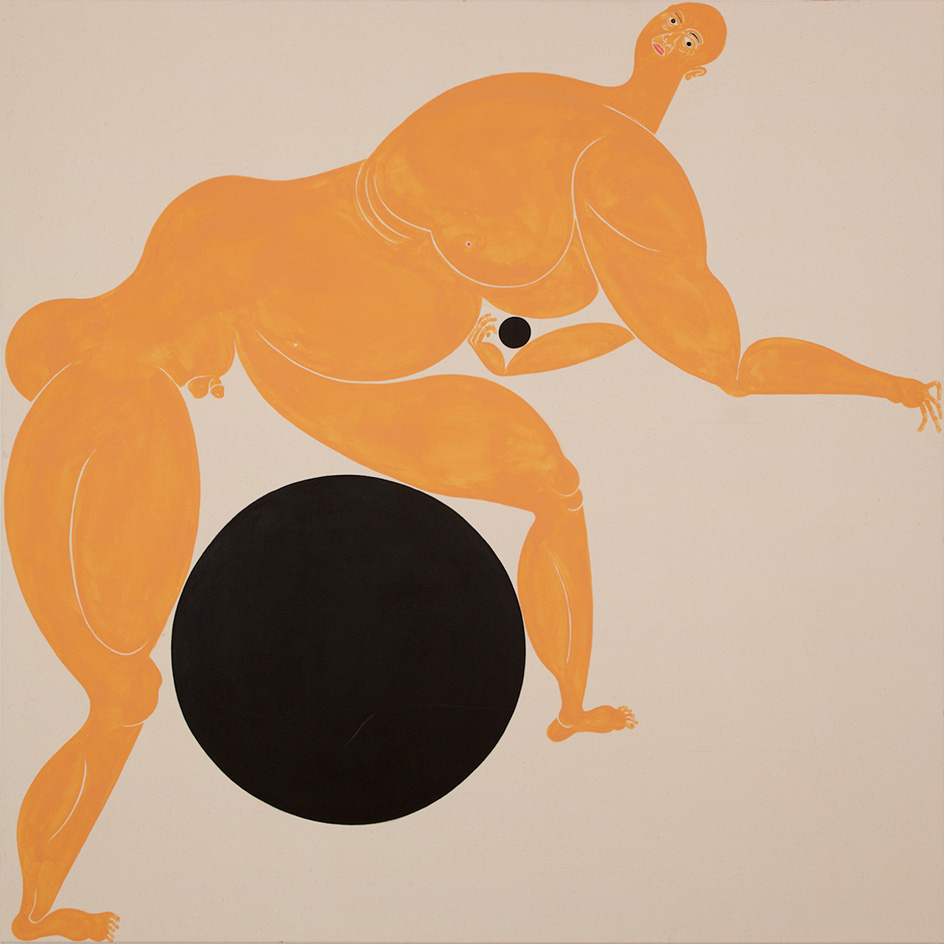
Mexico City-born painter Giovanni Garcia-Fenech spent over a decade working in the New York art world — as the news editor for Artnet; gallery manager at the beloved, if short-lived outer-borough spaces, The Project and Roebling Hall; and finally serving as Communications Director for The Armory Show — until he made his ‘great escape’, or should we say return, to painting full time in 2010.
This past October, Garcia-Fenech was included in the inaugural group show at the buzzy Puerto Rican gallery Embajada, located in a former sex toy shop in San Juan. Now, the artist is preparing for his New York solo debut at Postmasters in Tribeca. As Garcia-Fenech jokes, ‘Leaving the art world has been the best thing I could do for my career as an artist.’
In retrospect, it certainly appears to have been a wise move. Garcia-Fenech's painting career has been on a circuitous route since his student days at the School of Visual Arts, where he mostly made ‘obnoxious hard-edge paintings inspired by Baudrillard's Simulacra and Simulations and second-hand readings of post-structuralism,' he says, adding, ‘like a big jerk.’
For many years, he pursued biomorphic abstraction — ‘post-Brice Marden stuff, just layers and gestures’ — that referenced human forms but not overtly. ‘At some point I felt that I should stop hiding it and start painting the human body,’ he says. ‘I was really burnt out with the art world and I just wanted to do something I felt would be a little more honest and a little more direct. You go to art school and learn all this stuff and it's hard to get out of this theoretical mindset and you want people to perceive you as intelligent and knowledgeable and I realised it was making my art really boring.’
His first few attempts at self-portraiture felt ‘really embarrassing’, but Garcia-Fenech started receiving overwhelmingly positive responses from his friends. His heavy-limbed, tiny-headed doppelgängers, which sort of evoke Fernando Botero figures stuffed inside Matisse gestures, are all studies in mark-making that press up against the borders of the canvas in unique poses that tweak classical notions of perception and scale. ‘I was reading Matisse's biography, which I admit I gave up on because I found it too boring, but one of the things I found interesting was that he loved Russian icons and medieval art and Islamic art and that's all stuff I really look at a lot,’ says Garcia-Fenech, noting the paintings are 'really meant to be self-portraits, sometimes extremely distorted, but I really do try to get a sense of what it feels like to be myself and my discomfort with my body while trying to squeeze some grace out of it.’
That can mean a flattened balloon-like head stuck inside one half of a diptych and a tangle of disparate limbs painted at a different time in the neighboring canvas (as seen in his Corner Paintings), arachnocentric phalanges (Hand Studies), black and flesh-toned versions of himself with beanpole legs and hulking shoulders with highly articulated, if microscopic, genitalia pushing his tiny skull into contortions (Square Paintings), or similar figures negotiating what appear to be one large and one small exercise ball within the confines of a square (Two Problems).
‘I put in these circles that are drawn freehand because I wanted to complicated the paintings a little more,’ he says of this last series. ‘I call them Self-Portraits with Two Problems as a joke because they can also be seen as symbolising something that makes me really uncomfortable and forces me to bend into these uncomfortable positions.’
Garcia-Fenech established these parameters to counteract the improvisational nature of his painting. ‘Otherwise I wouldn't know where to go, so by forcing myself to do the paintings all in one shot or touching each border at some point, that dictates a lot of the form,’ he says. ‘I just didn't want them to be overworked and I felt if I planned them a lot they could very easily feel very slick.’
To further combat such results Garcia-Fenech works on unprimed canvas — it better mimicks the imperfections of real human skin while not forgiving mistaken brushstrokes — and he completes each painting within a single day to keep his attention laser-focused. After a recent trip with his wife to Siena, Italy, Garcia-Fenech came across 12th century shaped-canvas paintings of crucifixes which led to his new L-Shaped Paintings, six of which will be shown alongside a pair of Two Problems works at Postmasters.
‘The crucifixes definitely weren't the best artworks we saw but they were interesting because they were made in the shape of the cross and had the body of Christ inside this shape of the cross and that's sort of what I'm doing,’ says Garcia-Fenech, who just ordered some round stretchers for a potential new series of circular complications that may involve trees and snakes. At their best, Garcia-Fenech's sinuous arabesques have the power to evoke all the emotions and sensations of the figures trapped inside his canvases, whatever shape(s) they may assume. ‘I want you to have a sensual experience when looking at them.'
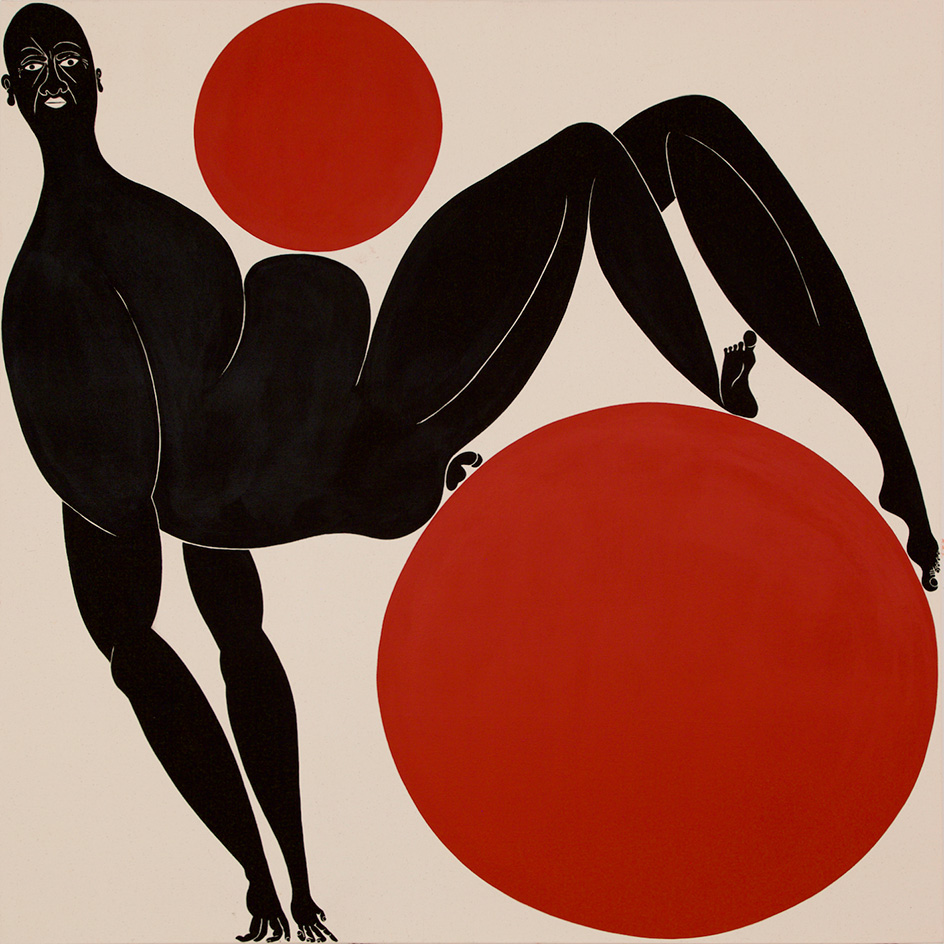
His heavy-limbed, tiny-headed doppelgängers, which sort of evoke Fernando Botero figures stuffed inside Matisse gestures, are all studies in mark-making that press up against the borders of the canvas in unique poses that tweak classical notions of perception and scale
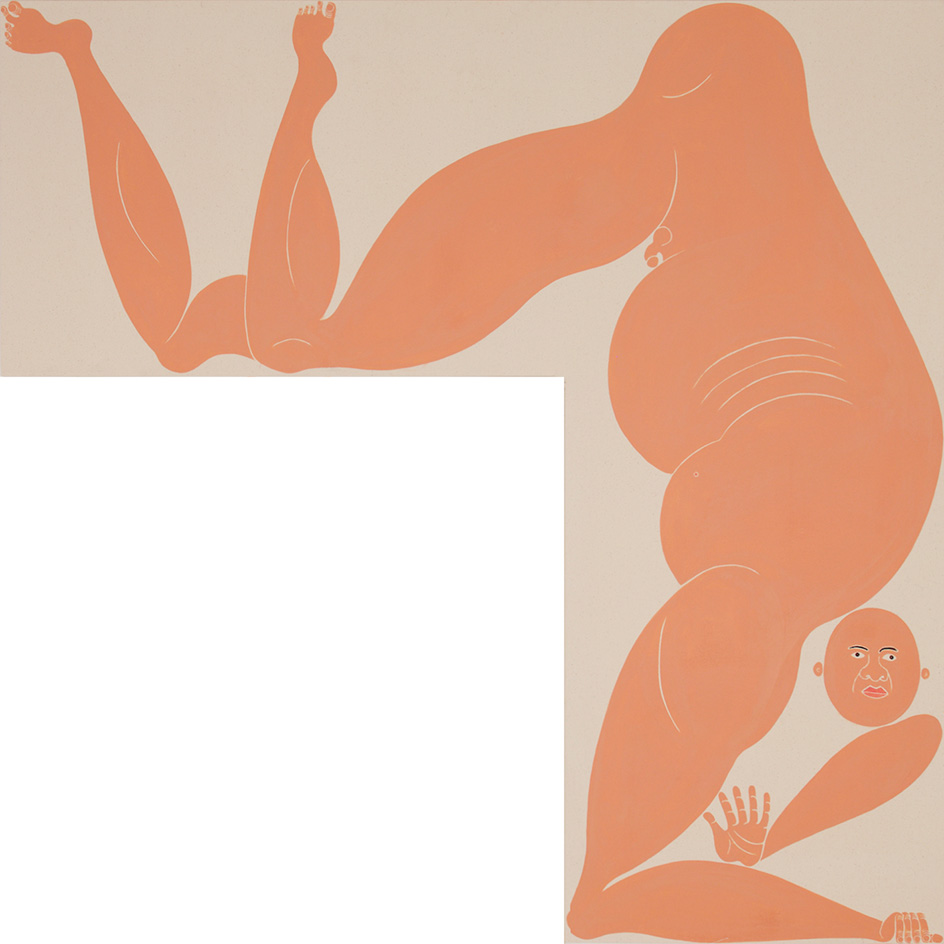
'They're really meant to be self-portraits, sometimes extremely distorted,' Garcia-Fenech says, 'But I really do try to get a sense of what it feels like to be myself and my discomfort with my body while trying to squeeze some grace out of it.’
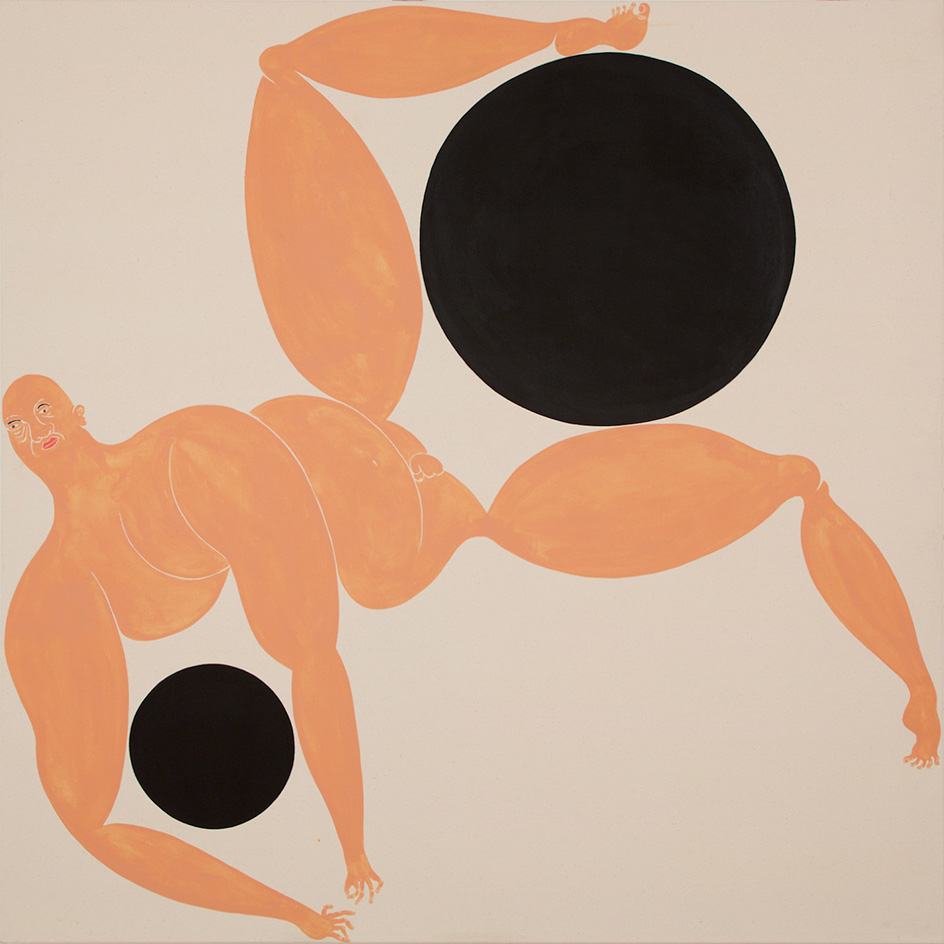
‘I put in these circles that are drawn freehand because I wanted to complicated the paintings a little more,’ he says of this last series. ‘I call them Self-Portraits with Two Problems as a joke because they can also be seen as symbolizing something that makes me really uncomfortable and forces me to bend into these uncomfortable positions.’
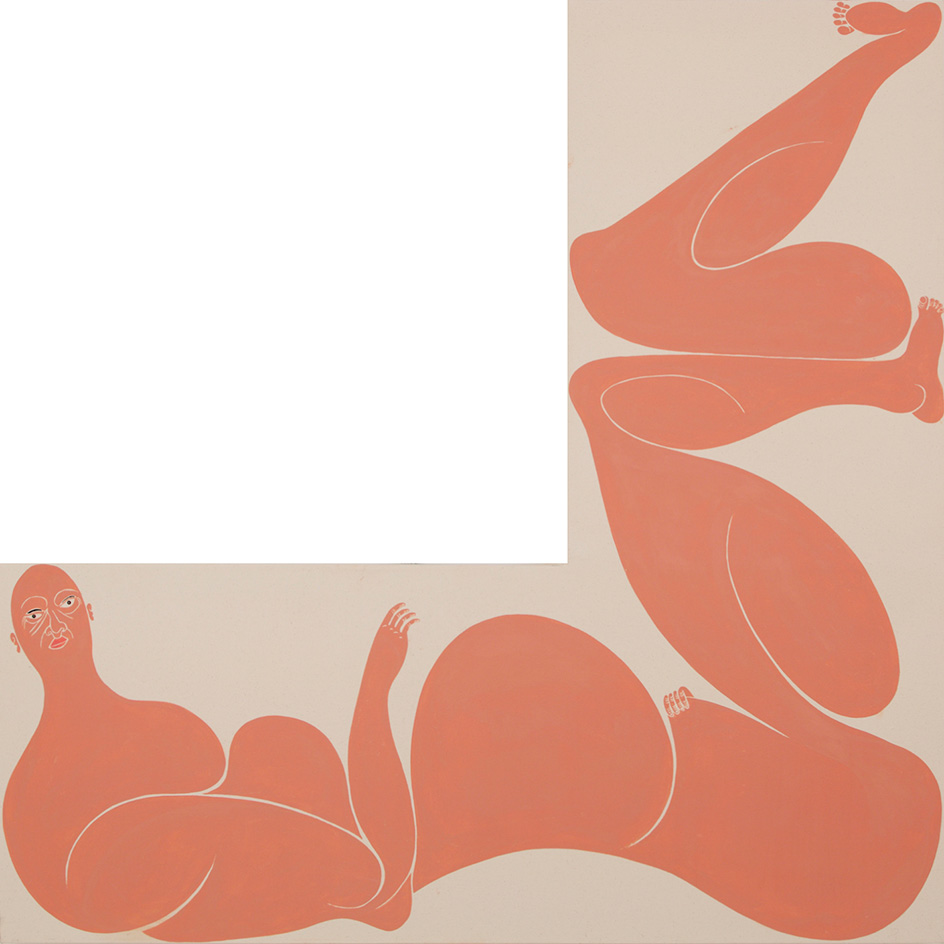
Garcia-Fenech's iterations of himself range from a flattened balloon-like head and a tangle of disparate limbs, to black and flesh-toned versions with beanpole legs, hulking shoulders and highly-articulated genitalia pushing his tiny skull into contortions
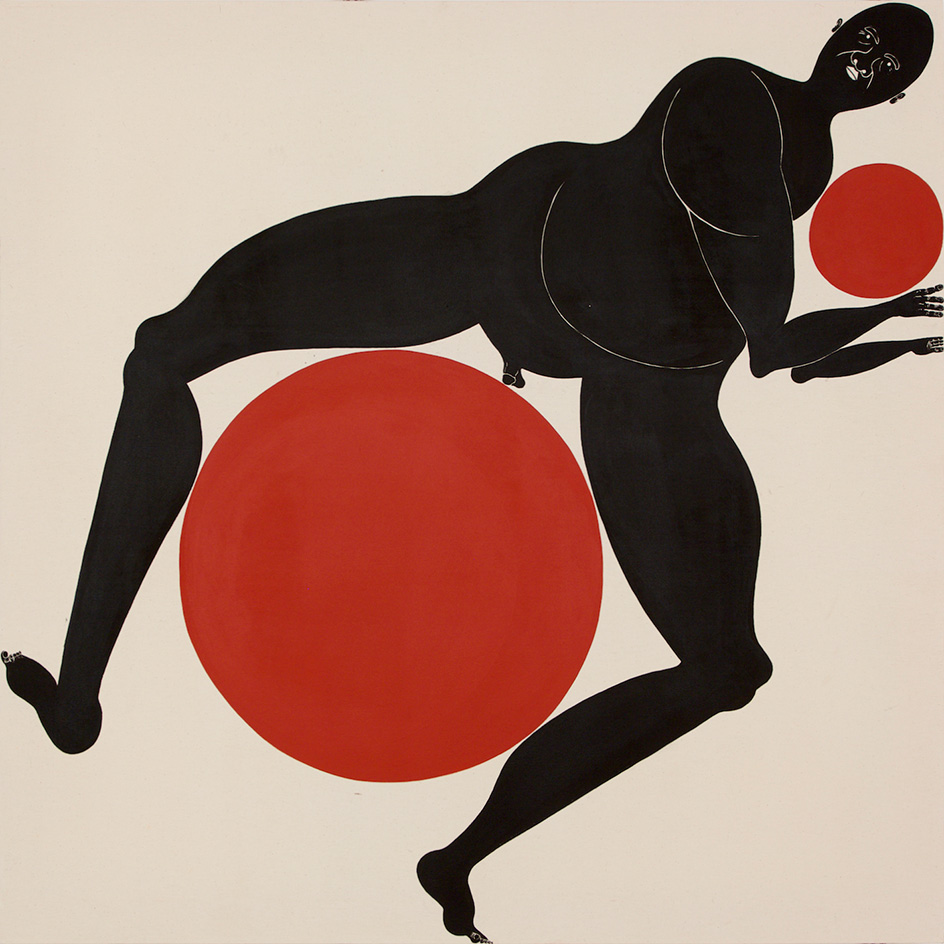
Whatever the form, Garcia-Fenech's sinuous arabesques have the power to evoke all the emotions and sensations of the figures trapped inside his canvases
Information
New Paintings by Giovanni Garcia-Fenech opens on 11 December and runs through 23 January
Address
Postmasters Gallery
54 Franklin Street
New York, New York
Receive our daily digest of inspiration, escapism and design stories from around the world direct to your inbox.
-
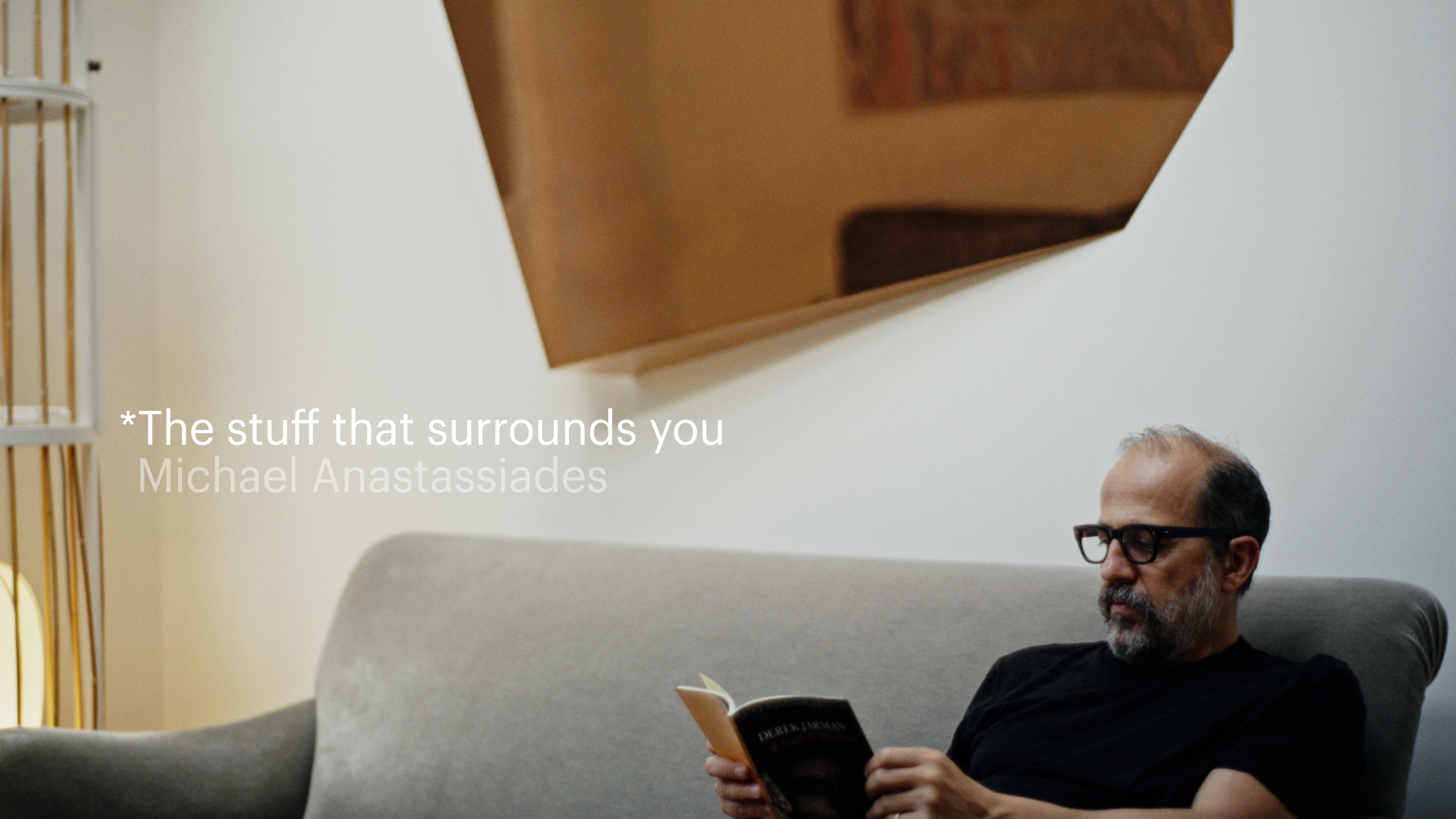 The Stuff That Surrounds You: Inside the home of designer Michael Anastassiades
The Stuff That Surrounds You: Inside the home of designer Michael AnastassiadesIn The Stuff That Surrounds You, Wallpaper* explores a life through objects. In this episode, we step inside one of the most considered homes we've ever seen, where Anastassiades test drives his own creations
-
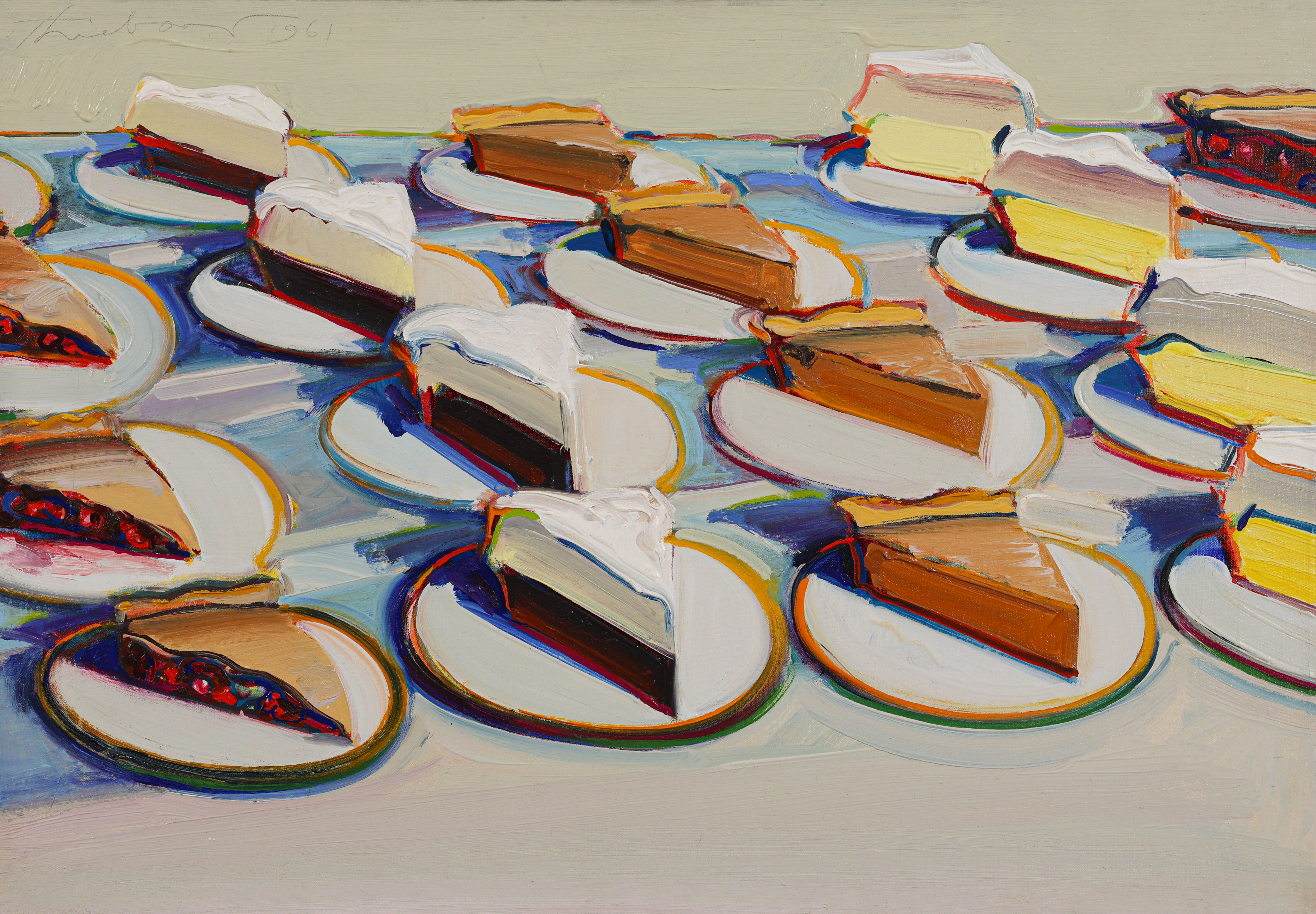 Why are Wayne Thiebaud’s paintings at the Courtauld so tempting?
Why are Wayne Thiebaud’s paintings at the Courtauld so tempting?The American artist’s thickly painted slices of cake at the Courtauld are some of our favourite artworks seen this year. What makes them so special?
-
 Taiwan’s new ‘museumbrary’ is a paradigm-shifting, cube-shaped cultural hub
Taiwan’s new ‘museumbrary’ is a paradigm-shifting, cube-shaped cultural hubPart museum, part library, the SANAA-designed Taichung Green Museumbrary contains a world of sweeping curves and flowing possibilities, immersed in a natural setting
-
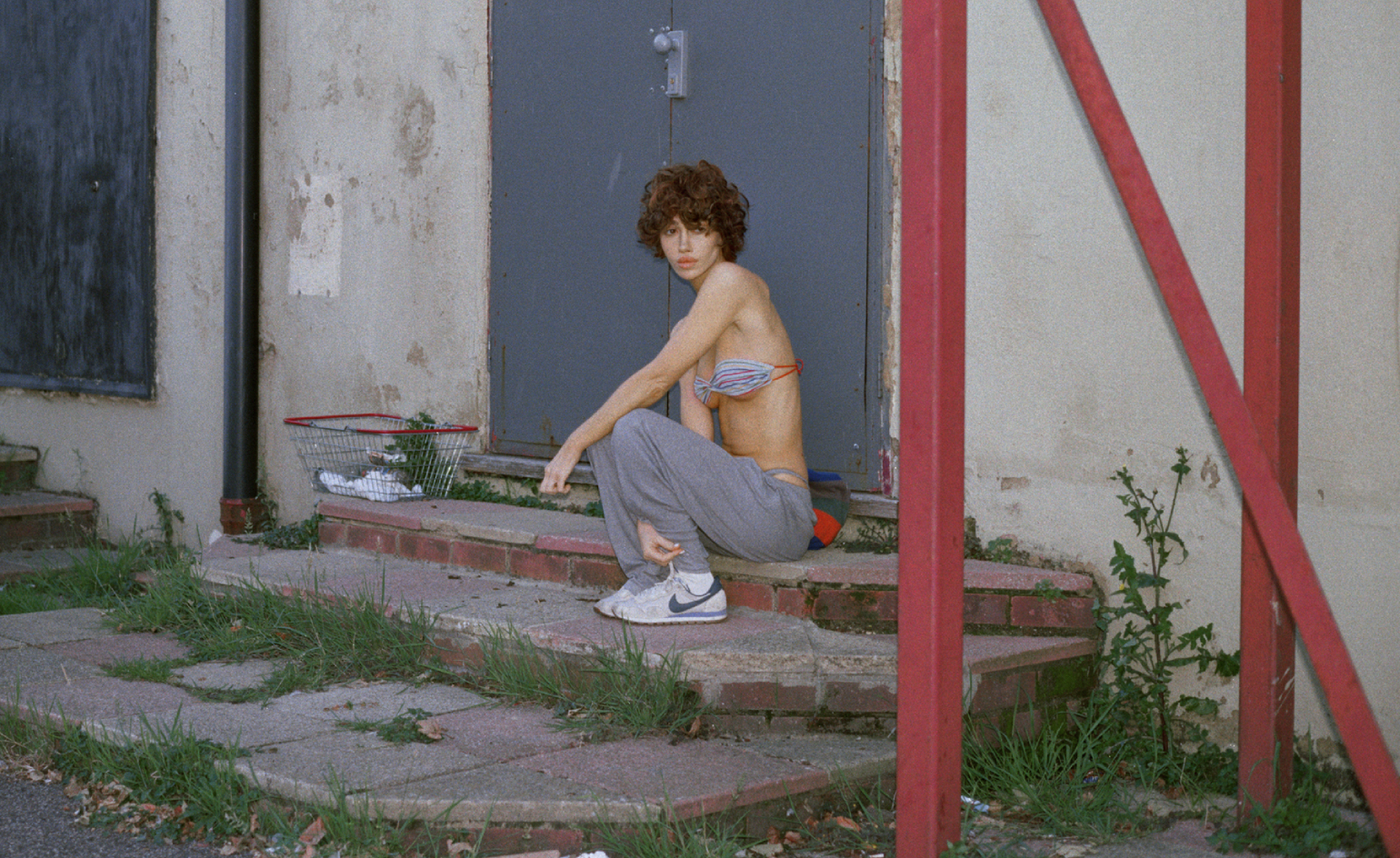 Nadia Lee Cohen distils a distant American memory into an unflinching new photo book
Nadia Lee Cohen distils a distant American memory into an unflinching new photo book‘Holy Ohio’ documents the British photographer and filmmaker’s personal journey as she reconnects with distant family and her earliest American memories
-
 Out of office: The Wallpaper* editors’ picks of the week
Out of office: The Wallpaper* editors’ picks of the weekIt’s been a week of escapism: daydreams of Ghana sparked by lively local projects, glimpses of Tokyo on nostalgic film rolls, and a charming foray into the heart of Christmas as the festive season kicks off in earnest
-
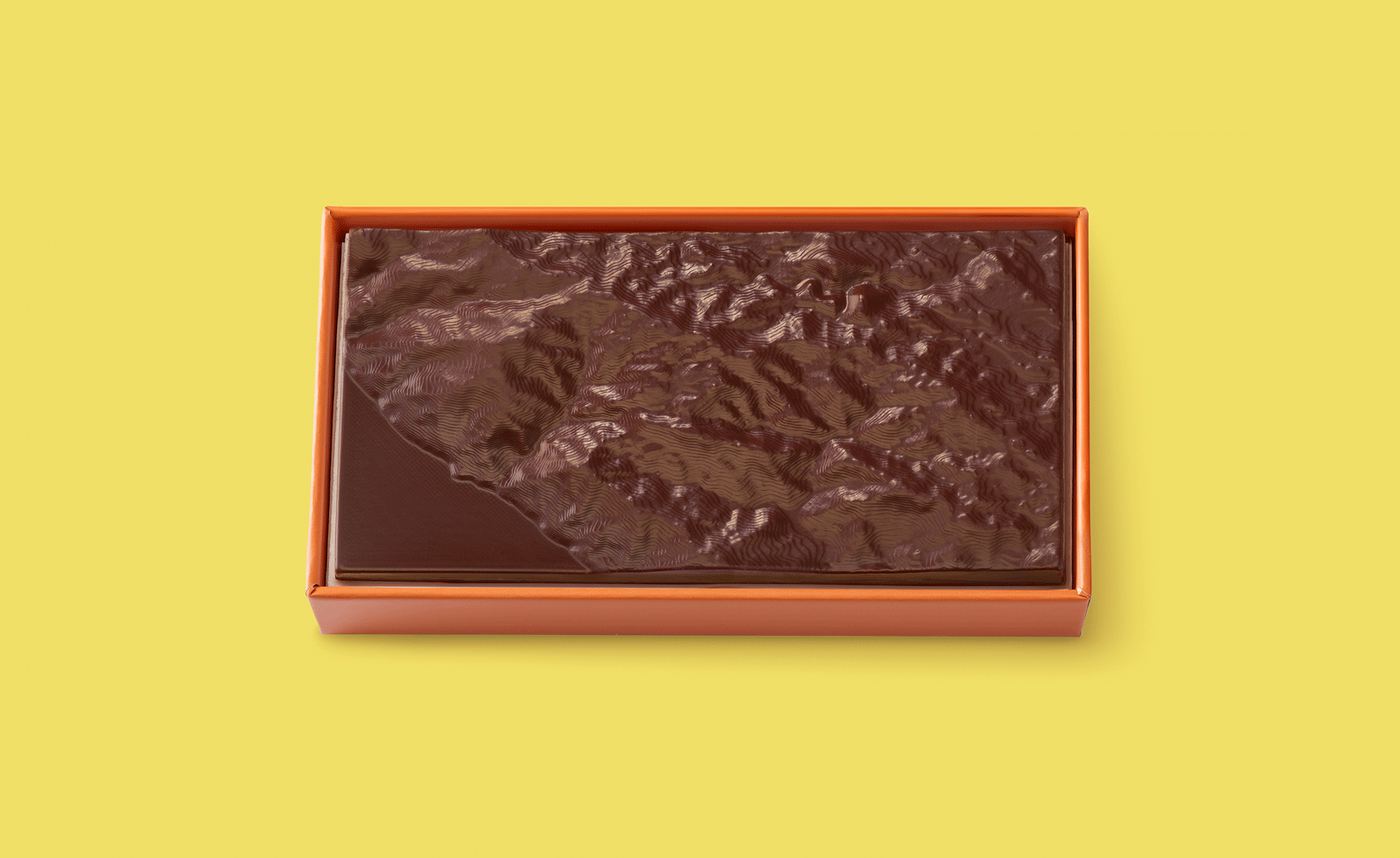 Ed Ruscha’s foray into chocolate is sweet, smart and very American
Ed Ruscha’s foray into chocolate is sweet, smart and very AmericanArt and chocolate combine deliciously in ‘Made in California’, a project from the artist with andSons Chocolatiers
-
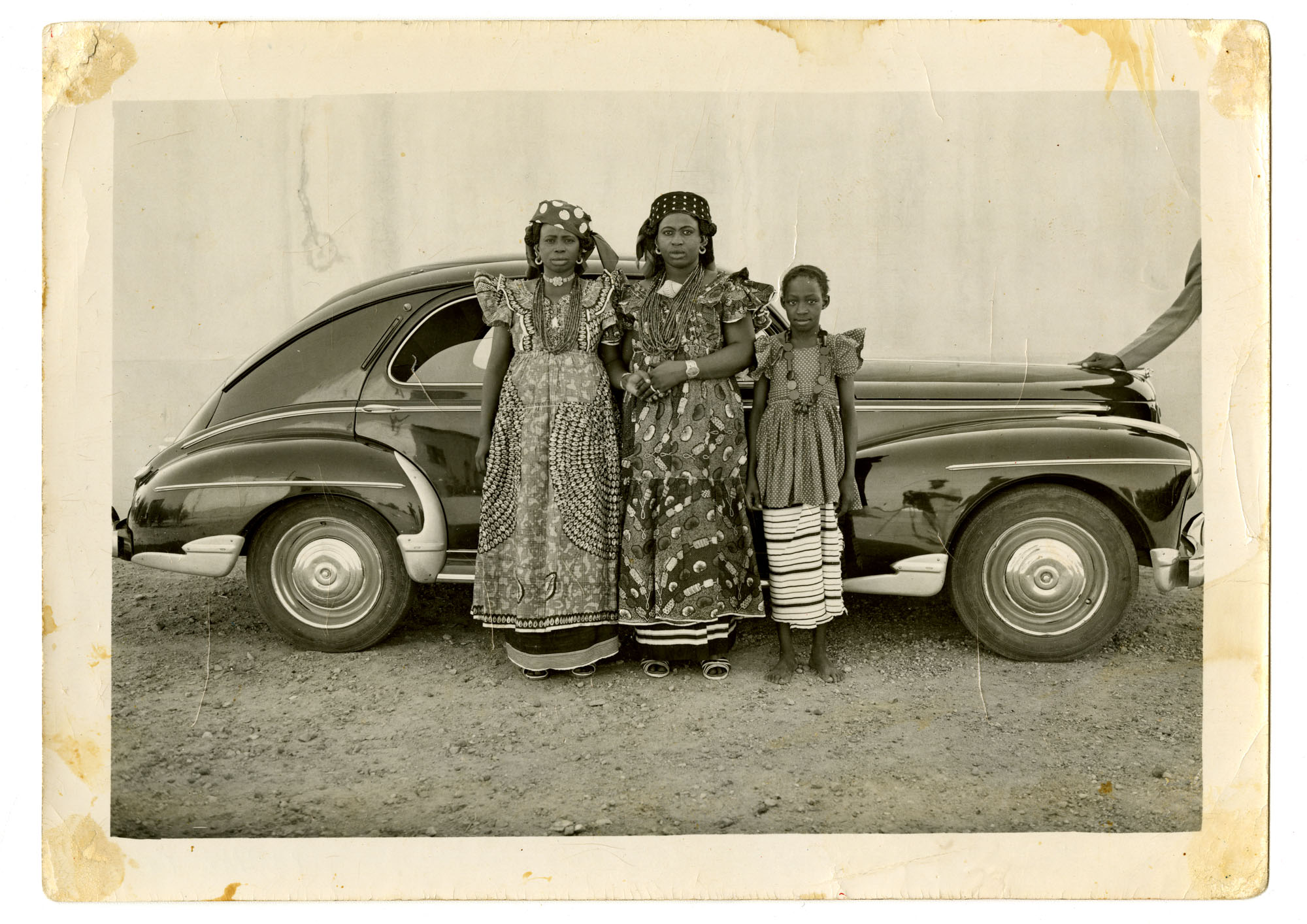 Inside the work of photographer Seydou Keïta, who captured portraits across West Africa
Inside the work of photographer Seydou Keïta, who captured portraits across West Africa‘Seydou Keïta: A Tactile Lens’, an exhibition at the Brooklyn Museum, New York, celebrates the 20th-century photographer
-
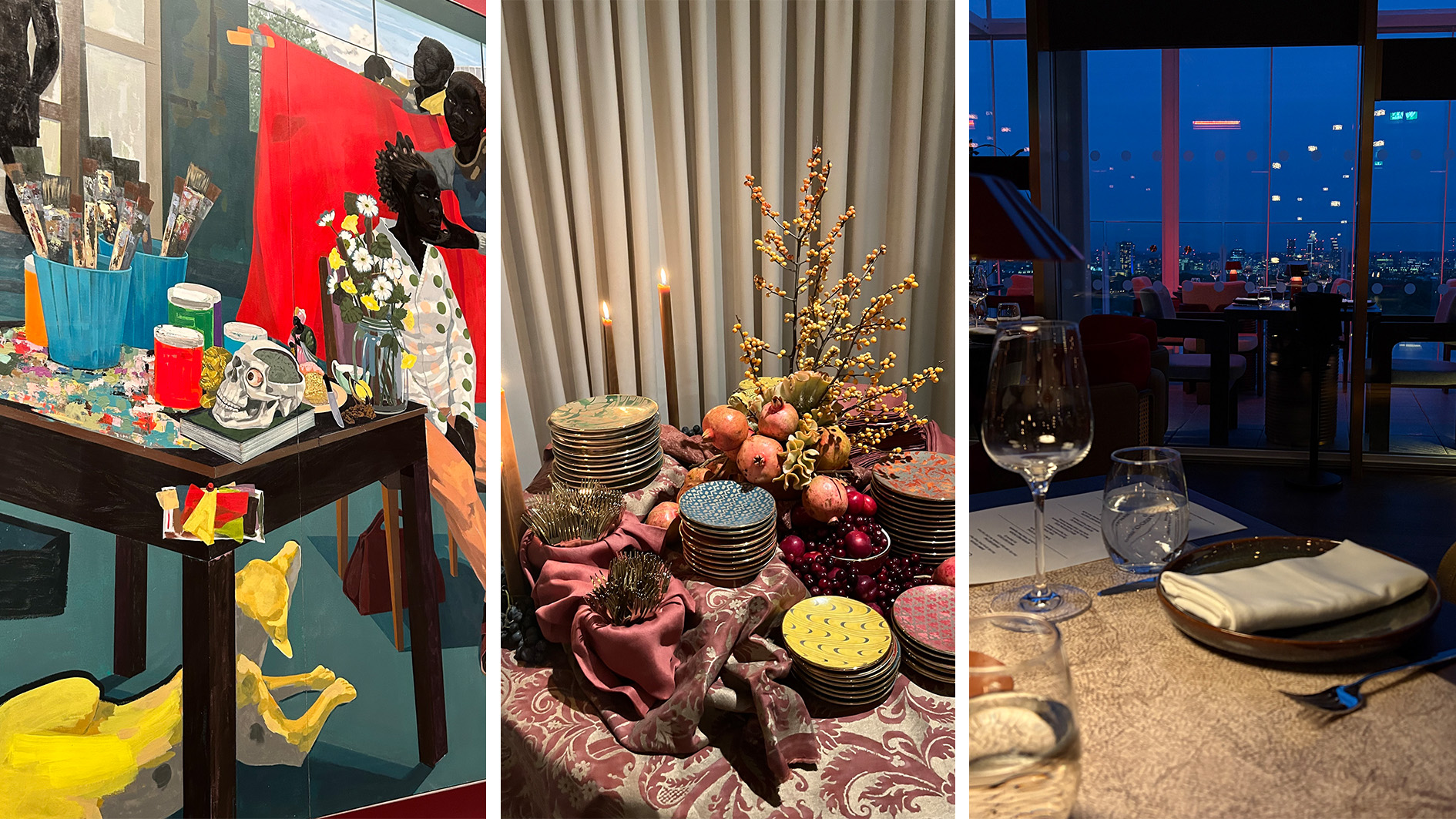 Out of office: The Wallpaper* editors’ picks of the week
Out of office: The Wallpaper* editors’ picks of the weekFrom sumo wrestling to Singaporean fare, medieval manuscripts to magnetic exhibitions, the Wallpaper* team have traversed the length and breadth of culture in the capital this week
-
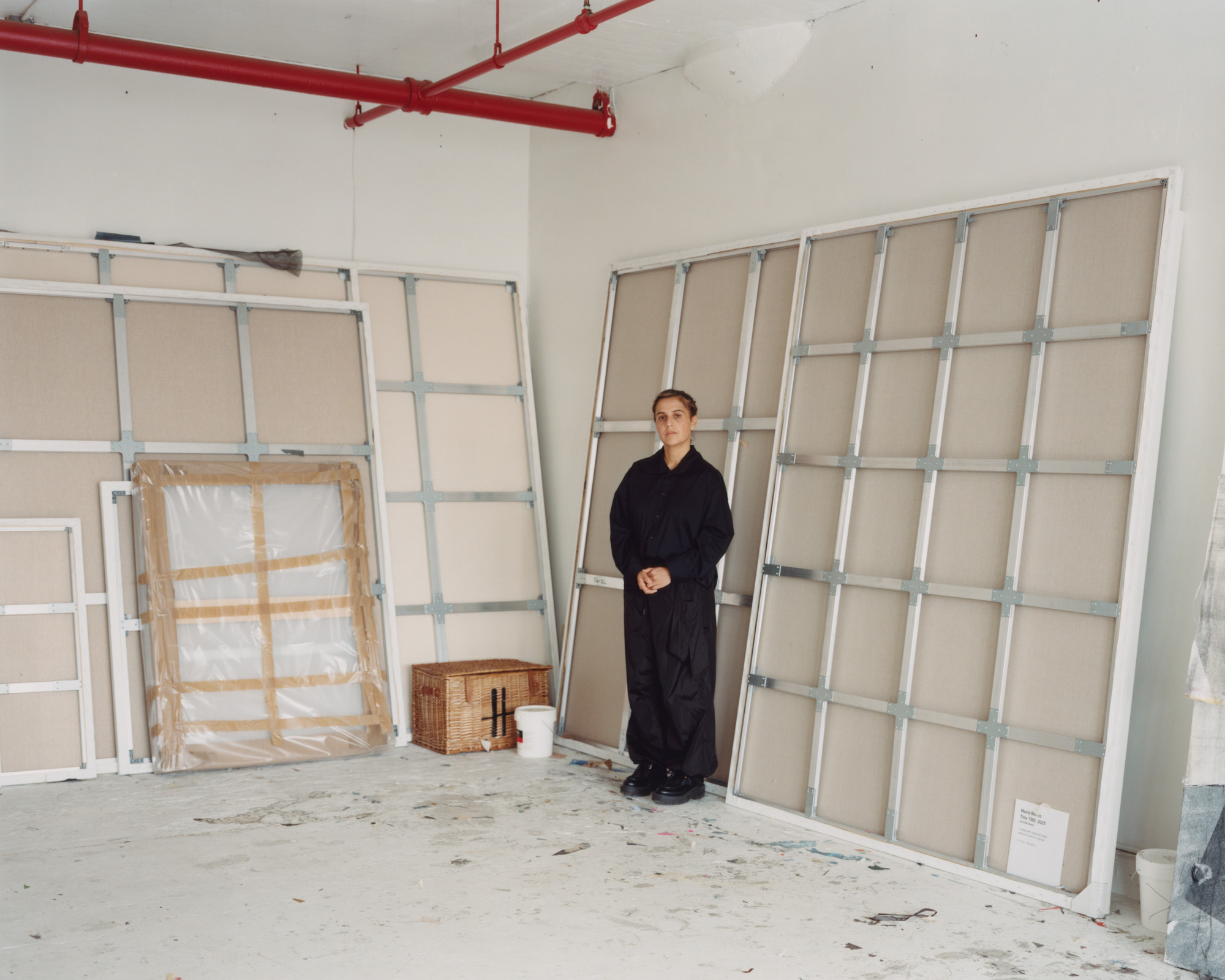 María Berrío creates fantastical worlds from Japanese-paper collages in New York
María Berrío creates fantastical worlds from Japanese-paper collages in New YorkNew York-based Colombian artist María Berrío explores a love of folklore and myth in delicate and colourful works on paper
-
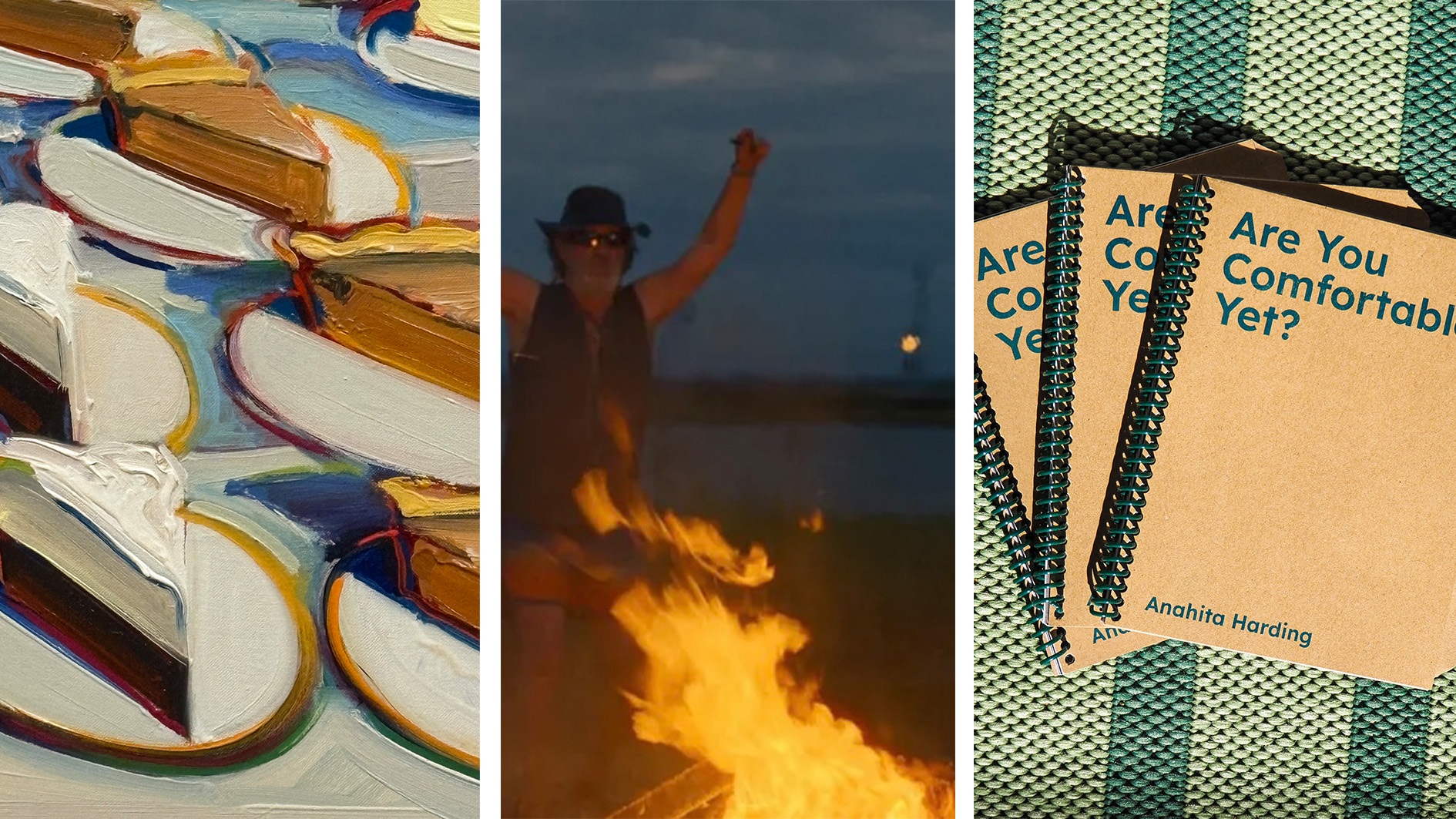 Out of office: the Wallpaper* editors’ picks of the week
Out of office: the Wallpaper* editors’ picks of the weekAs we approach Frieze, our editors have been trawling the capital's galleries. Elsewhere: a 'Wineglass' marathon, a must-see film, and a visit to a science museum
-
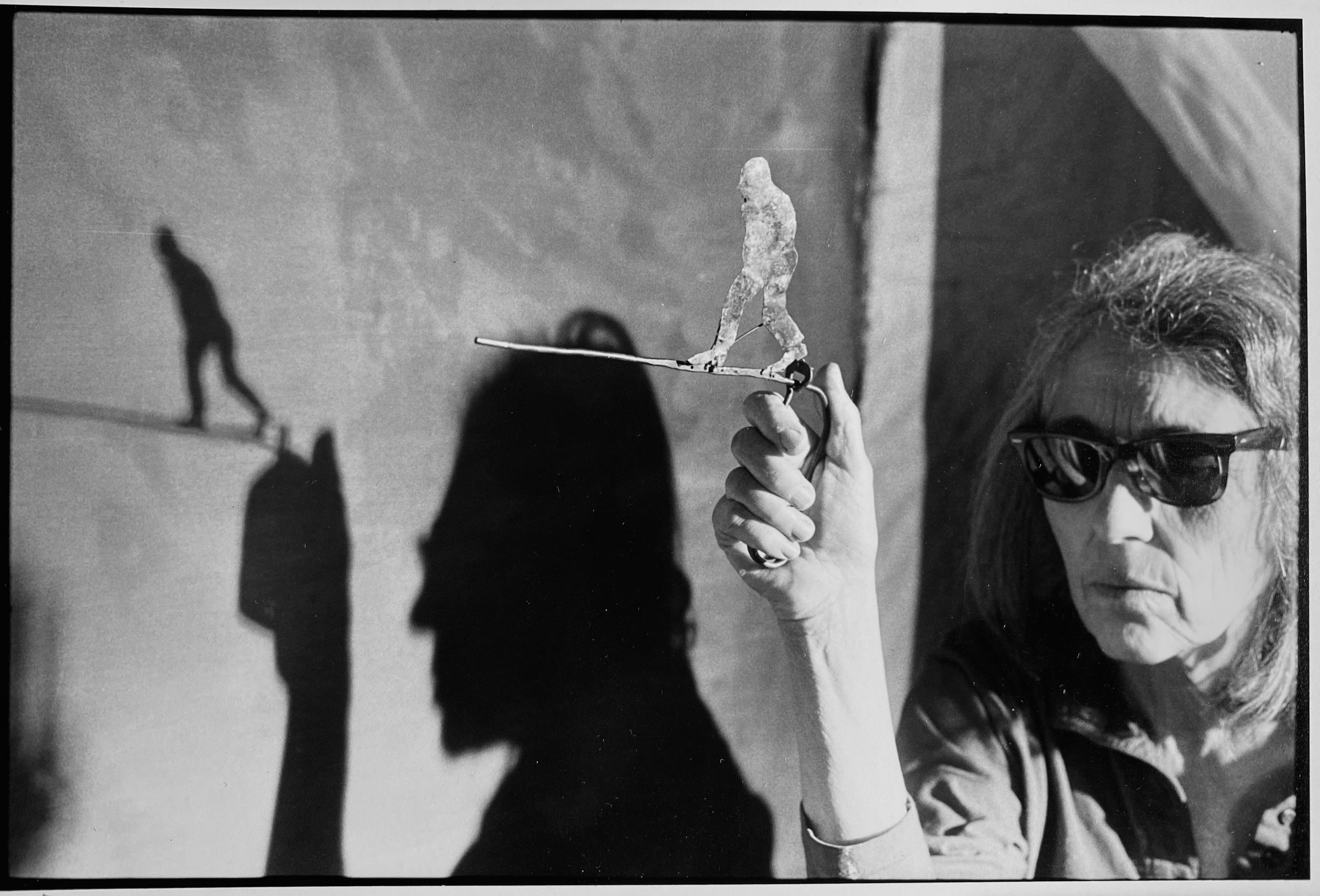 June Leaf’s New York survey captures a life in motion
June Leaf’s New York survey captures a life in motionJune Leaf made art in many forms for over seven decades, with an unstoppable energy and fierce appetite leading her to rationalise life in her own terms.